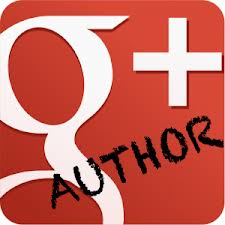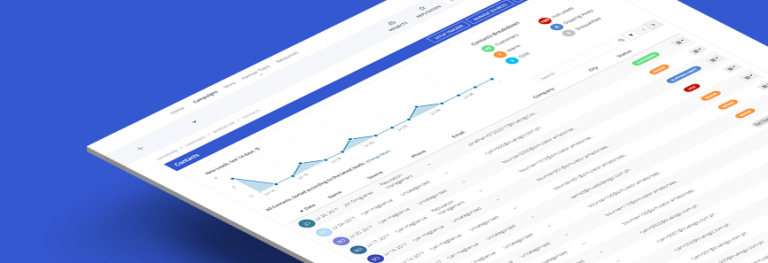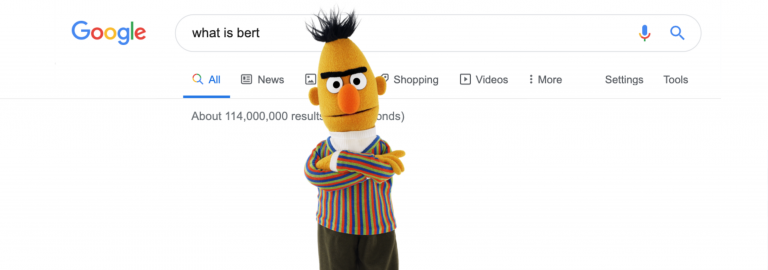
“Within search results, information tied to verified online profiles will be ranked higher than content without such verification, which will result in most users naturally clicking on the top (verified) results. The true cost of remaining anonymous, then, might be irrelevance.”
In this quote, he directly confirms that adding authorship mark-up from a verified online profile to your online content improves your ranking score and puts you ahead of content with digitally anonymous authors. You’ve already seen this at work when Google integrated Google+ profiles into their search results. The search engine judges the credibility of each content piece based on your reputation on Google+. Online content without authorship mark-up will be considered irrelevant and untrustworthy eventually. They may find themselves at the bottom of the SERPs – or not ranking at all.
Make sure your own and your clients’ listings are up to par with Google’s latest confirmed ranking factor. Give your Google SERPs listings a boost by doing the following:
Create and Optimize Your Google+ Profile
Before you can add an authorship mark-up tag in your site, you need to set up your own Google+ profile. It takes more than filling in the usual profile information to maximize your use of this profile for authorship markup. Aside from your name, location, education, employment, and profile picture, you also need to add the titles and URLs of all content you produce on the “Contributor To” section of your profile. Simply edit your profile, click on “Add a custom link” on the “Contributor To” section of your profile, and fill out the form that appears with the label and URL. After you click “Done Editing,” you’re ready to add the authorship markup tag to your content.
Add Authorship Markup to Your Website and Other Content
Next, you have to add the rel=”author” attribute to your content. It could be your website, a blog entry, or other articles you post online. Doing this connects your writing to the Google+ profile you created and credits you as the author.
There are two ways of doing this: a simple tag for single authorship, and another for content with multiple authors, like blogs.
- For Single Authorship. Add the attribute rel=”author” to the link to your Google+ account on the piece of content or to the code of your website. This attribute goes into your <a href> code on the author bio, and it will look like this:<a rel=”author” href=”https://plus.google.com/YourProfile”>Your Name on Google+</a>
- For Multiple Authorship. There are two ways of adding the rel=”author” attribute to content with multiple authorship, such as blogs. If the location does not use individual author pages, all you need to do is to add the attribute as you would for single authorship in your byline. If it has multiple author pages, you need to add two attributes separately. First, add the rel=”me” to your in-article bio:<a rel=”me” href=”http://blogURL.com/author/YourName”>Your Name</a>Then link your name on the individual bio page to your Google+ profile using the following code:<a rel=”author” href=”https://plus.google.com/YourProfile>Your Name on Google+</a>
Make sure that in both cases – whether in single authorship or in multiple authorship cases – you use your name as the anchor text. This will yield the results you desire; other ways may not be as successful. All that’s left for you to do is to create great content, and you’re on your way to getting the visibility you want in the SERPs.
Contact your account manager if you need assistance with maximizing the benefits of Google’s authorship markup. Check out our full service line-up and get started by signing up for your free account and becoming our partner today. Keep checking back for more news and tips on SEO!



